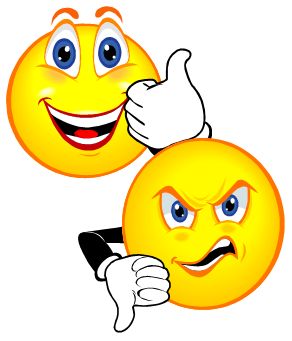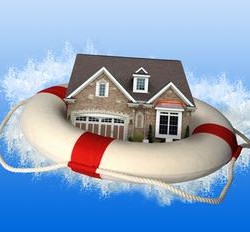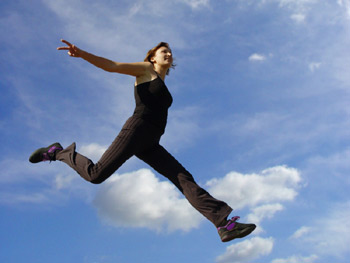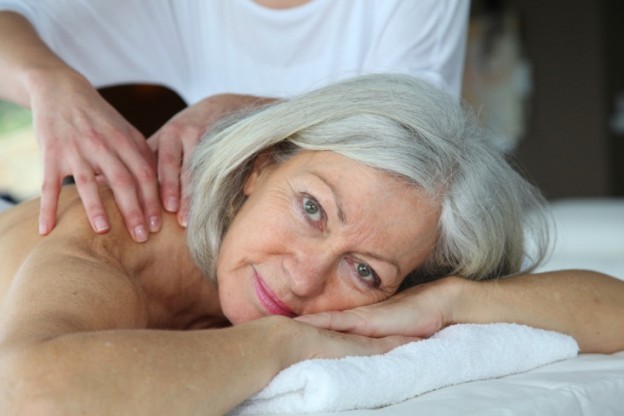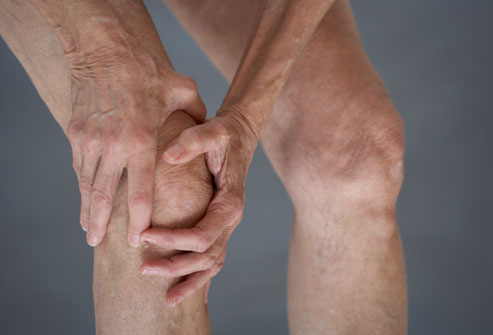
What Good Would Massage Do?
A friend shared an experience with me. His stiff back had become worse recently. After sitting for a while at his desk, if he turned the wrong way when getting up or reached too far, ZAP! A pain would shoot down his leg from the low back to the knee. “It just takes my … Continue reading What Good Would Massage Do?

